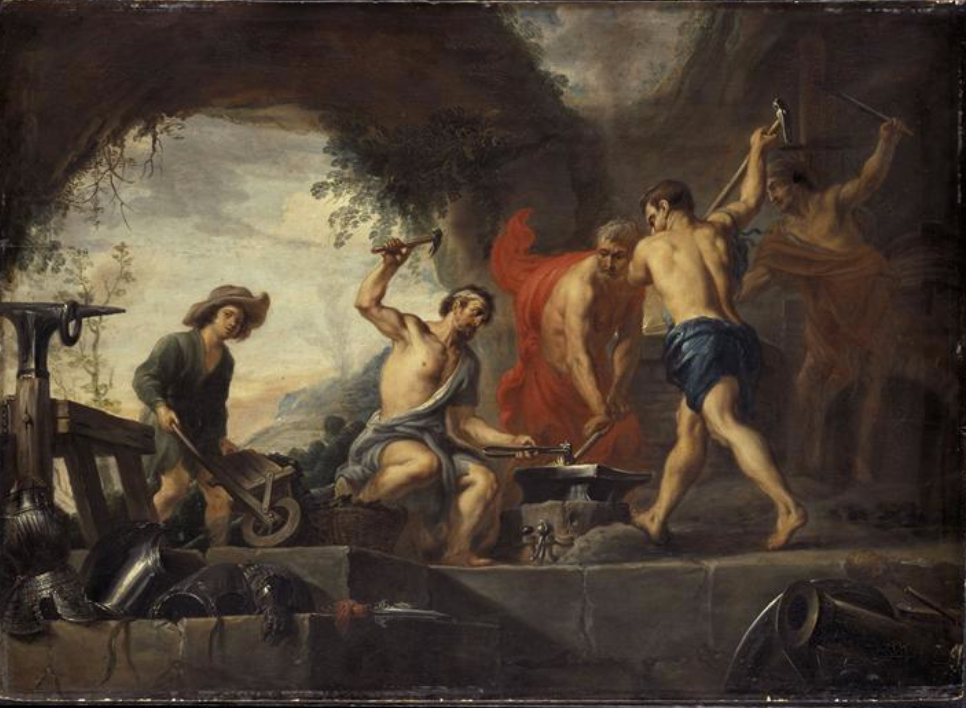Cornelis Schut
1597–1655
PainterCornelis Schut was a Flemish artist skilled in oil painting, engraving, and tapestry design who worked mostly in Antwerp. He specialized in religious and mythological scenes, many of which depicted popular Counter-Reformation subjects. He was one of the leading Flemish history painters of the early 17th century and is presumed to have trained under Rubens.
Schut became a master of the Antwerp Guild of St. Luke in 1618, though he apparently never registered as an apprentice (Rubens was not required to register his pupils with the Guild). Later that same year, Schut departed Antwerp for Italy, where he was a founder of the Bentvueghels, an association of Dutch and Flemish artists who worked in Rome. In 1630, he became a member of the Wallflower rhetorical society.
The Catholic Church was one of Schut’s biggest patrons, and he worked on altarpieces very often. He also worked on the decorative project for the Royal Entry of the Cardinal-Infante Ferdinand in 1635 in both Antwerp and Ghent. Additionally, Schut collaborated with several of his contemporaries, as was common in 17th-century Antwerp, particularly on garland paintings, which had been popularized by Jan Brueghel the Elder.
While working in Rome in 1627, Schut was imprisoned for the murder of fellow artist named Giusto. The Accademia di San Luca intervened and Schut was freed shortly after. In 1631, Schut married Catharina Gheenssins. She died in 1637 and he remarried the next year to Anastasia Scelliers. He had seven children altogether, two of whom died young.
By Rigby Philips
